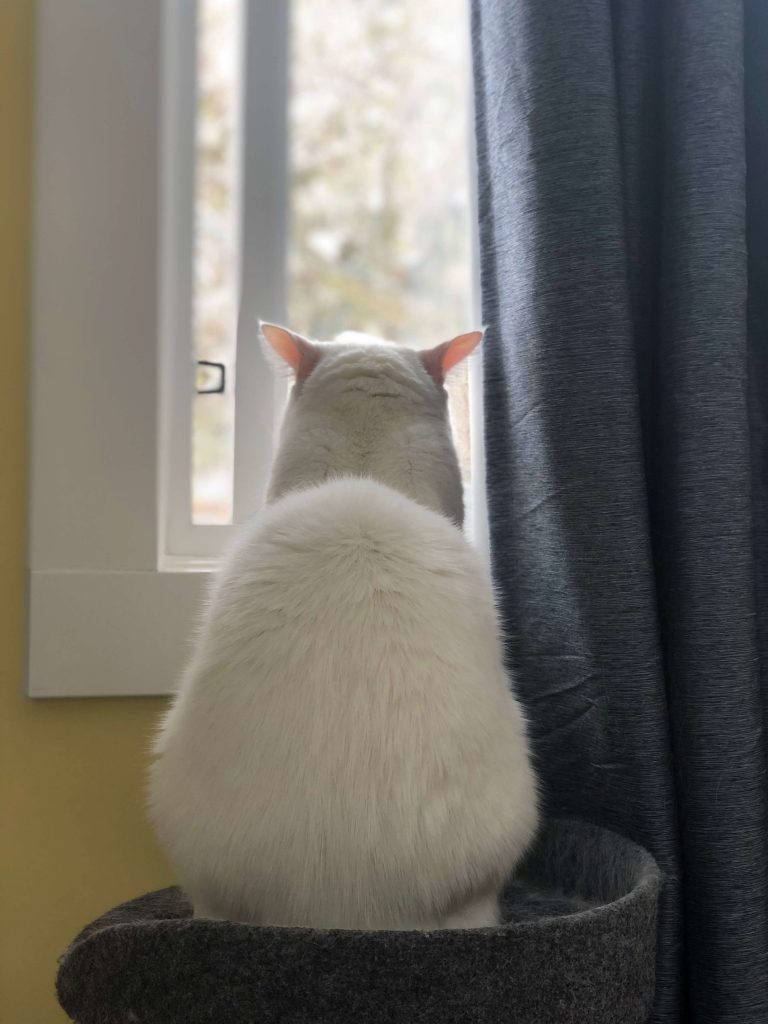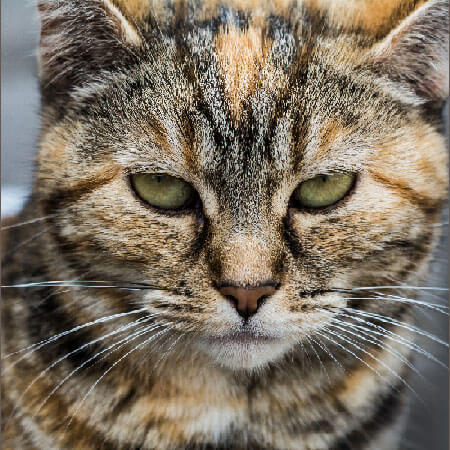History of the Manx
The Manx is an ancient breed of cat with a very long and storied history. For centuries, these cats have been treasured residents on the Isle of Man, where they’ve forever helped their human owners manage the local rodent population in homes, sheds and ships. These cats are so popular that their image adorns coins with Queen Elizabeth II on the flipside! Manx cats are a breed that has evolved naturally. In terms of their appearance, these cats mostly resemble conventional breeds, except for one peculiarity: the Manx does not have a “normally” formed tail. According to legend, the biblical figure Noah closed the door of his ark so fast that it caught the tail of the Manx and caused its current appearance.
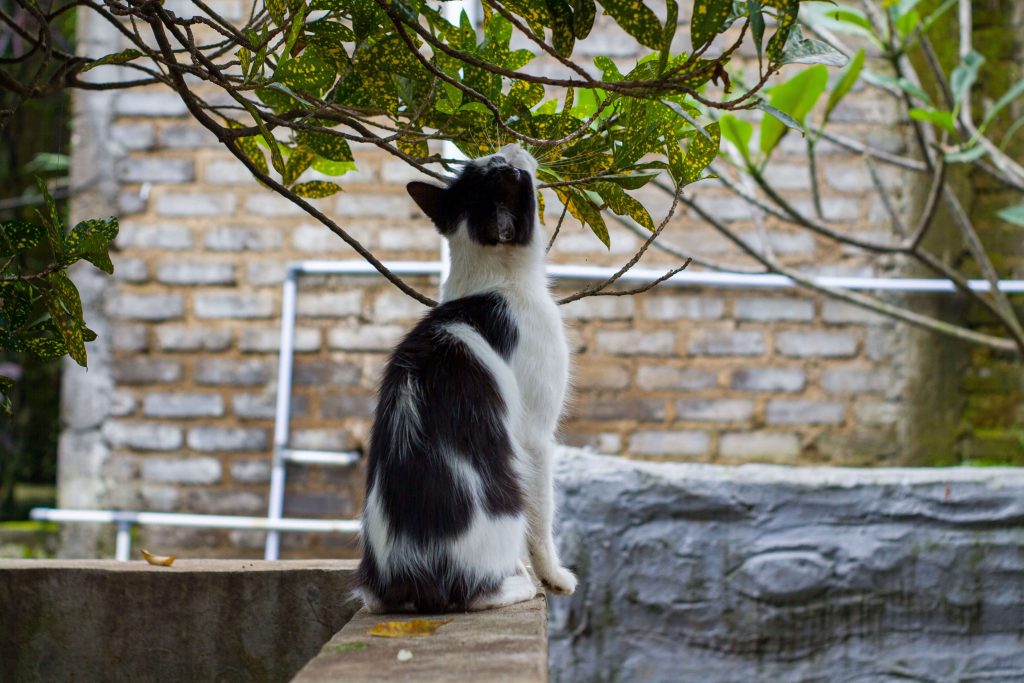
Appearance of the Manx
In terms of appearance, the Manx resembles another short-tailed cat breed, namely the Kurilian Bobtail. Both breeds are medium sized, and their muscular bone structure makes their bodies appear robust and compact. These cats have very strong legs. Plus, their hind legs are longer than their front legs, which means that the back of a Manx cat is arched slightly upwards from the shoulders to the rump. Their back thus looks like an arch with a convex curve. The Manx has a large round head and voluptuous chubby cheeks that fit perfectly with the contours of their body.
Size of the Manx
How big to Manx cats get? These cats are actually late bloomers, meaning they don’t become adults until they’re about five years old. At that point, they will have reached their final size and be fully grown. With an average shoulder height of 30 to 35 cm – as measured from their paws to the highest elevation of their shoulder blades – the Manx falls into the category of medium-sized cats. Manx males are usually slightly larger than their female counterparts.
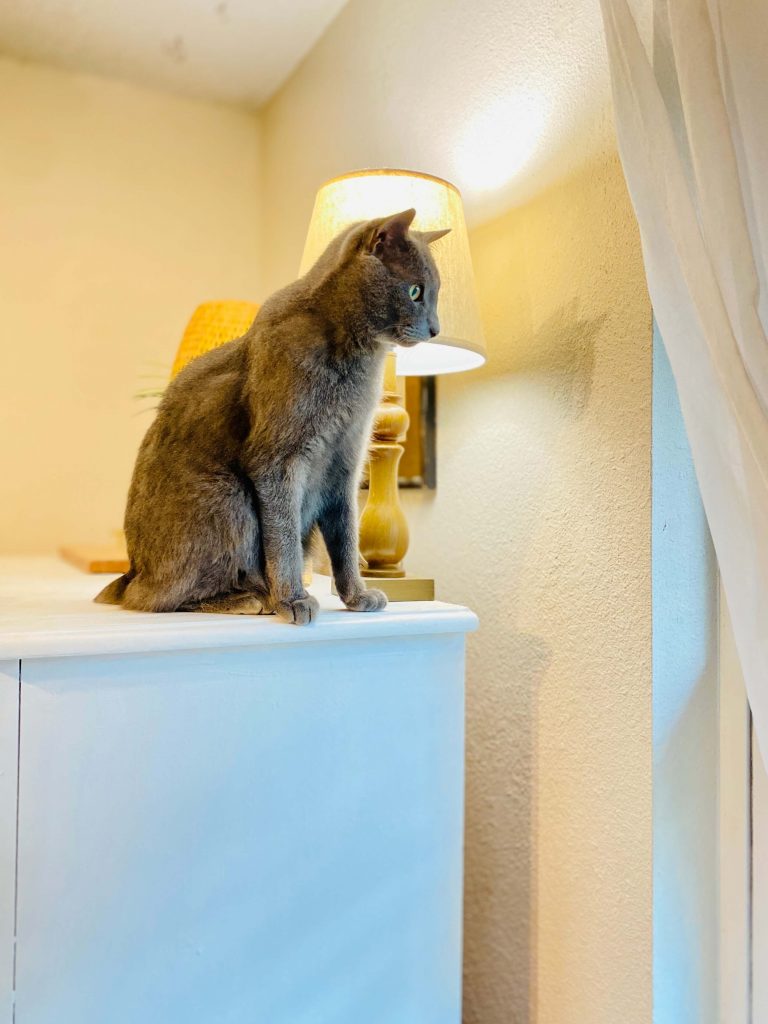
Weight of the Manx
How heavy do Manx cats get? Female cats of this breed are somewhat more delicate and slender than their male counterparts. When fully grown, they weigh on average 3 to 3.5 kg. The males of this breed have a stronger bone structure and are often somewhat heavier than the females. As a result of their compact build, they usually weigh a little more than Manx females. When Manx males step on the scale, the pointer will usually stop at around 4 to 5.5 kg.
Coat of the Manx
The fur of Manx cats is wonderfully soft and warm. Double the coat, double the warmth! The Manx’s thick coat is perfectly adapted to the harsh climate in the Isle of Man, its country of origin. These cats are indeed well-equipped for the weather on the Irish Sea, mostly thanks to their very dense fur. In fact, the Manx has a double coat: the dense undercoat literally puffs up the topcoat and gives these cats splendorous hair that looks as if it’s been teased.
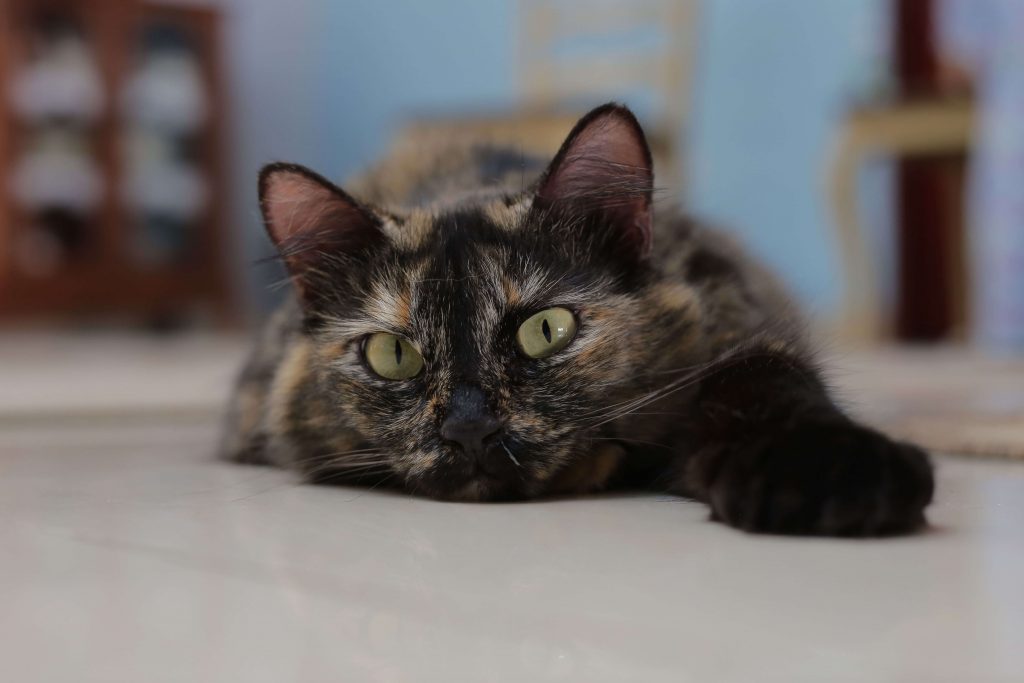
Coat colour of the Manx
All common coat colours are found in Manx cats. With the exception of Lilac and chocolate- coloured coats, these cats are bred in all natural colours, including blue, red and black. But there are also completely snow-white Manx cats. Some also have a little bit of white spotted fur. When these cats have two colours in their coat, they’re considered to be “bi-colour”.
Coat length of the Manx
There are two official coat lengths in Manx cats: short and semi-long. Semi-long-haired Manx cats are referred to as “Cymric cats”. Over the years, longer-haired Manx cats have been pushed more and more into the background by their short-haired counterparts. It’s a pity really, considering how beautiful the semi-long coat of the Cymric cats is!
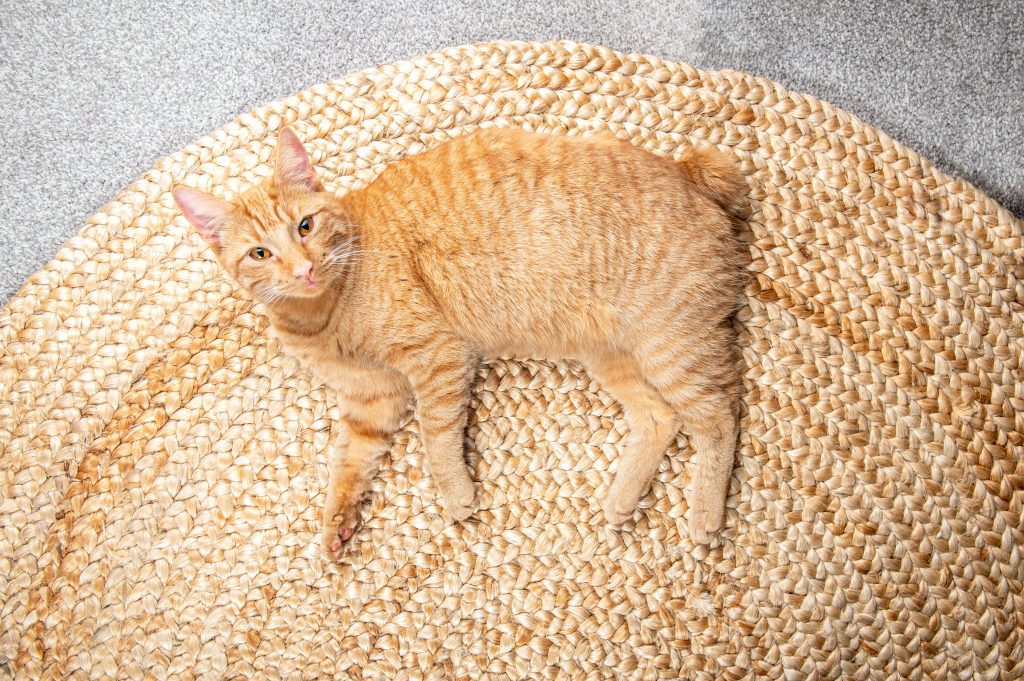
Coat pattern of the Manx
Today, Manx cats come in almost all coat patterns. The coat of these pedigree cats can be uni-coloured or bi-coloured, and there are also a number of possible tabby patterns, including mackerel, spotted and brindled coat patterns. Only a ticked tabby pattern and a Siamese or Himalayan colouring do not meet the standard required for breeding.
Manx cat eyes
Manx cats have large, watchful eyes. Nothing escapes these eyes. Manx eyes are anatomically designed to be perfectly suited to the life of the lurking hunter: lightning-fast reactions, spatial vision – even in dim light! Like some reptiles, Manx cats can adjust their pupils to let just the right amount of light through to the retina. The less light, the wider the pupil is opened.
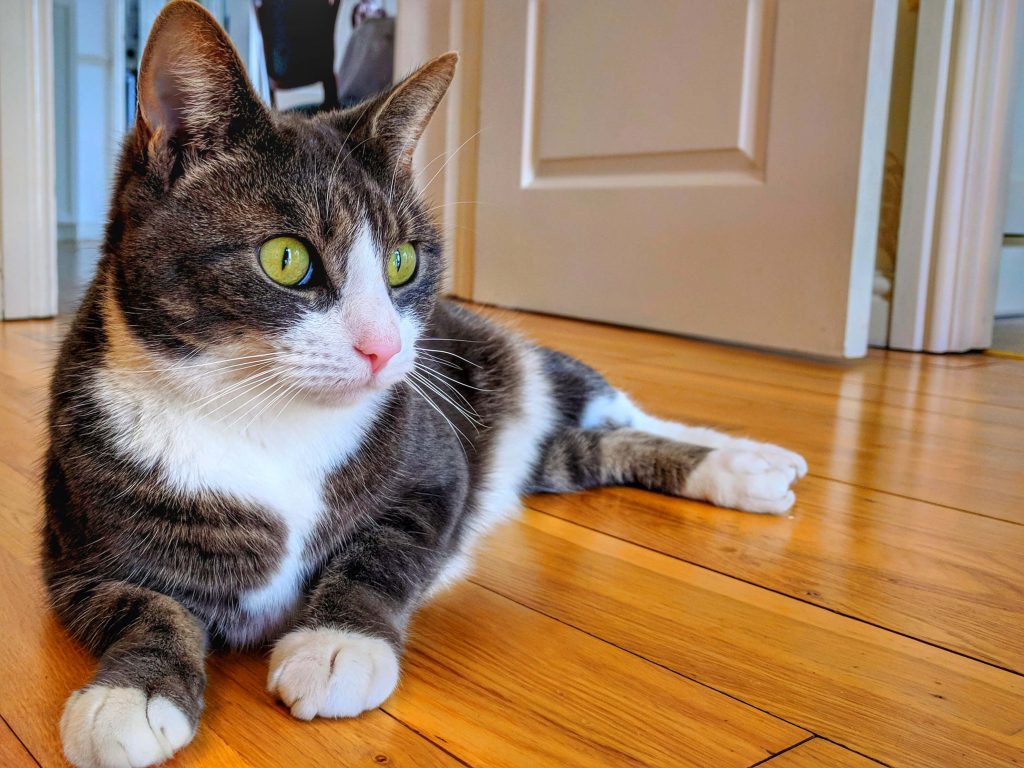
Special features of the Manx cat
One special feature of the Manx cat is that it has no tail. However, this does not apply to all Manx cats, because some representatives of the breed actually have normal length tails. All in all, there are five different tail lengths, each with its own different name: long tail (“tailed”), medium long tail (“longy”), stumpy tail (“stumpy”), extended sacrum (“stumpy riser”) and no tail (“rumpy”).
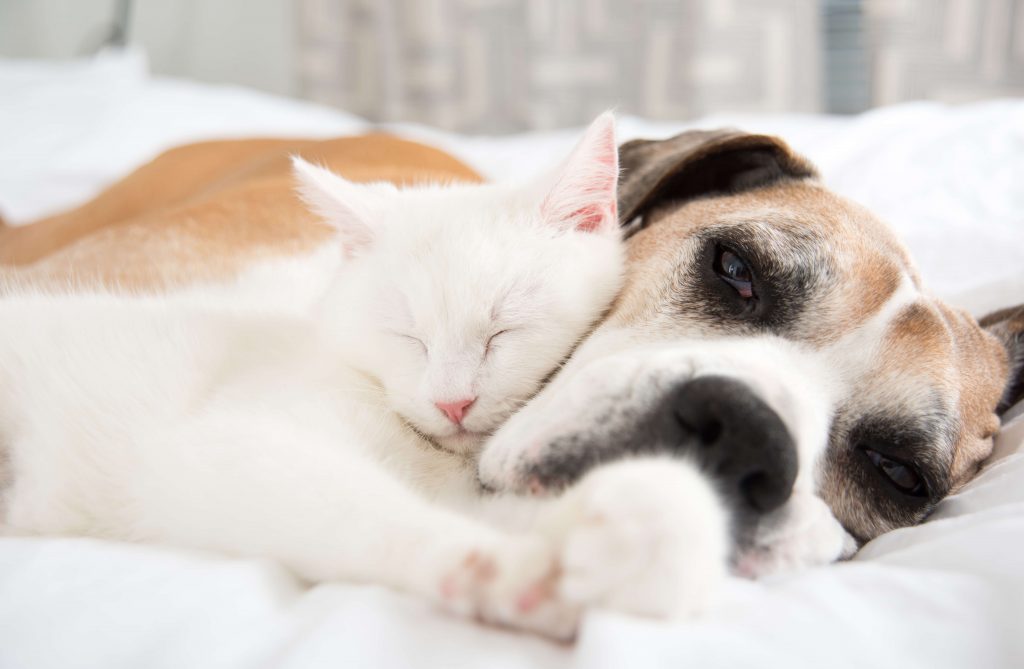
Key attributes of the Manx cat
One key attribute of Manx cats is the inherited shape and length of their tail caused by the Manx gene. This gene is so dominant that Manx offspring are either completely tailless or have a tail of variable length. According to the breed standard, however, the Manx should have a stub tail. Since taillessness in cats can also lead to health problems, breeders tend to avoid mating cats with no tails.
Character of the Manx cats
Manx cats are friendly felines with a balanced character. They usually get along well with other animals, even dogs! These cats are not easily upset by anything. They usually don’t have any difficulties with children either. If it gets too stressful or too noisy, they’ll simply retreat to their quiet place for a while and wait, completely relaxed, until the coast is clear again.
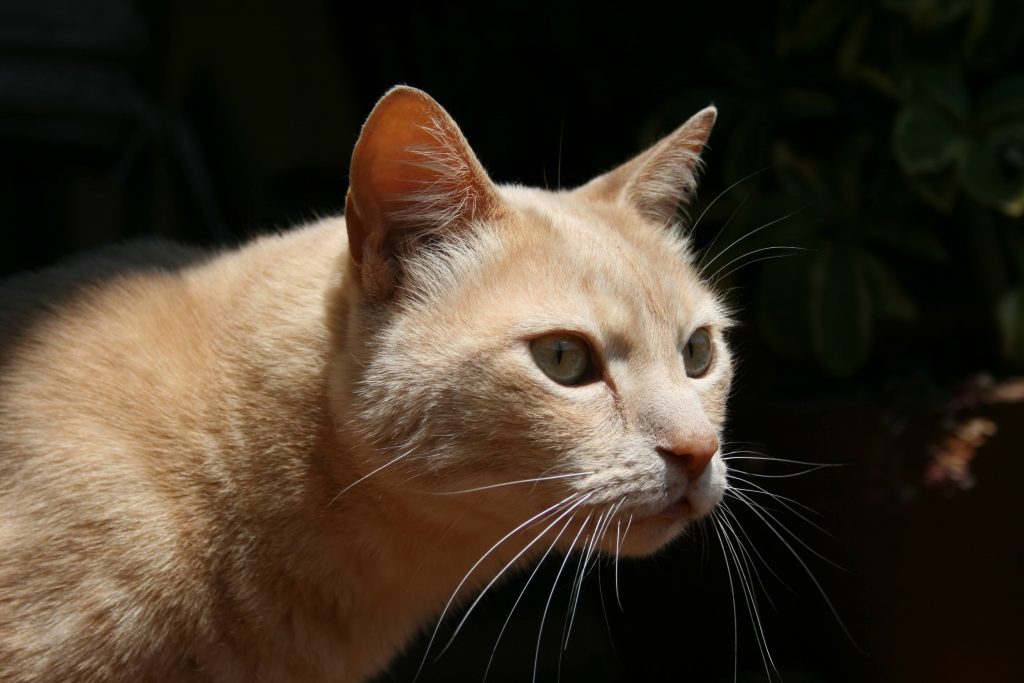
Price of the Manx
What kind of price should you expect to pay for a Manx cat? Prices range on average from €450 to €1,050. Kittens from a breeder are often already “potty trained”, and cats are generally quite clean by nature. This means that cat mothers have usually already shown their kittens what to do when they have to “go potty”. Still, every kitten must first find its way around a new home where everything is unfamiliar and new. In the beginning, you should always have a lot of patience and don’t worry if everything doesn’t work out perfectly right away.
Breeding of the Manx cat
Today, the breeding of the Manx cat takes place mainly in Great Britain, the USA and Scandinavia. The Manx was a breed that came into being in a completely natural way. A genetic mutation was responsible for the fact that a kitten might be born without a tail. Because they lived on an island, this special characteristic became more and more common over the years. Manx cats were attracting attention at shows as early as 1890. In the 1960s, the Manx was recognised as an independent cat breed by the British GCCF.
Things to know about keeping and caring for Manx cats
The coat of a Manx cat needs regular care. Weekly brushing and combing is usually sufficient outside of shedding season. When spring approaches, the Manx will put on a thin coat, and in autumn they’ll exchange that for a warm, thick winter coat. This coat change ensures that Manx cats are perfectly prepared for the changing temperatures and weather conditions. The dense winter coat is replaced by a lighter summer coat, which protects against intense UV radiation and too much heat.
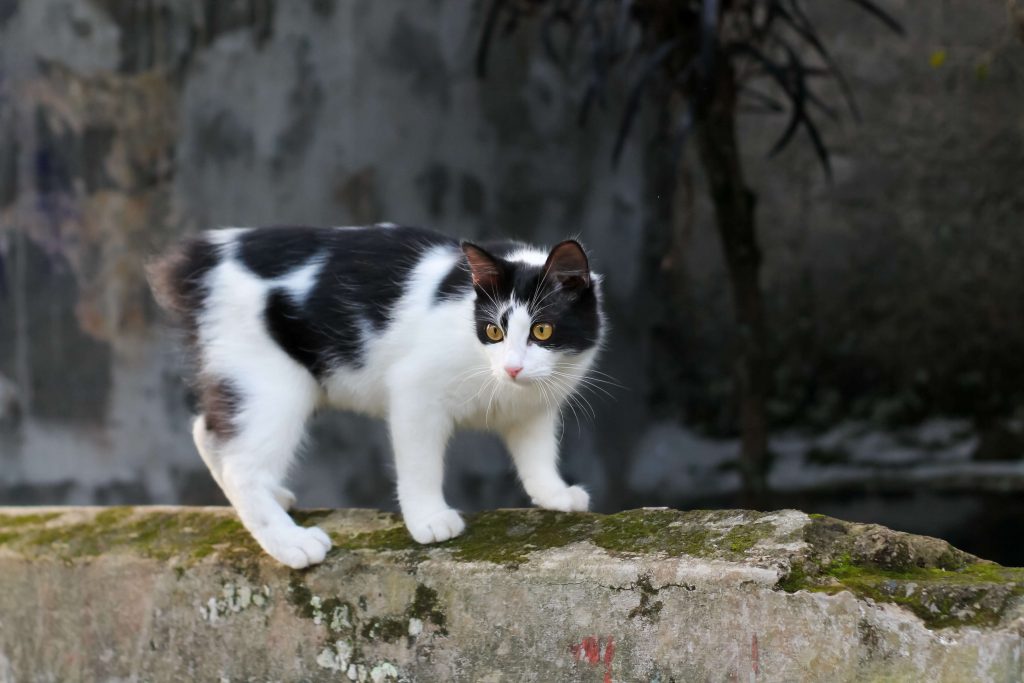
The Manx kitten
Manx kittens can be born with or without tails. When two Manx cats mate, it’s still possible for their kittens to have a relatively “normal” tail, because several variations of the cat’s tail can occur in one and the same litter. However, responsible breeders still try in advance to avoid producing tailless kittens, because complete taillessness in cats is often associated with health problems.
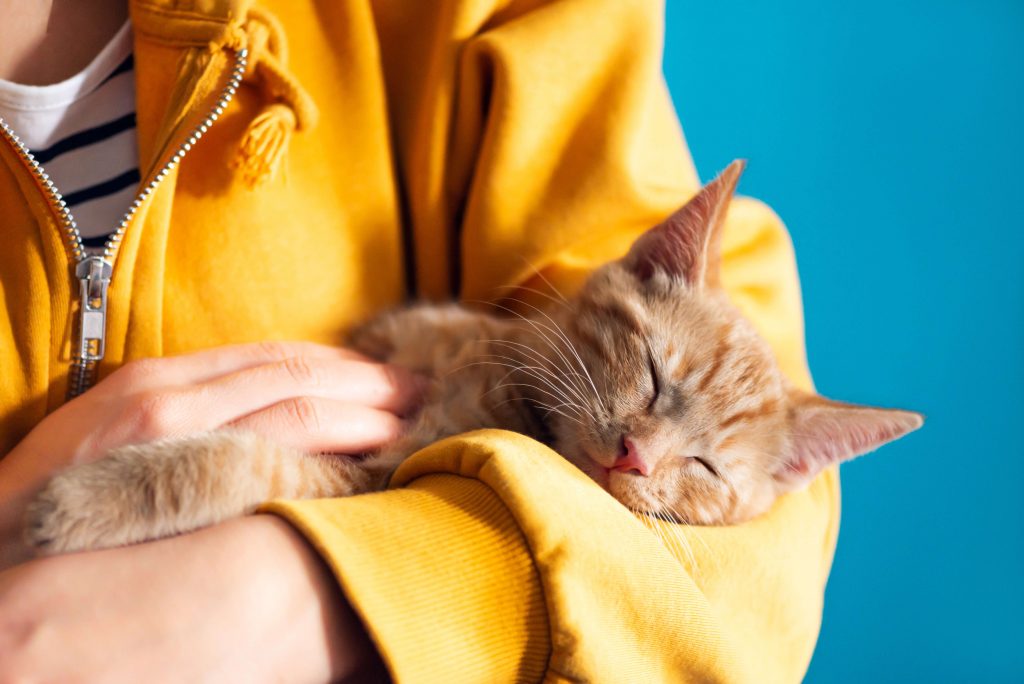
Typical diseases of the Manx cat
Typical diseases of the Manx include osteoarthritis and corneal dystrophy. In the case of osteoarthritis, the joint cartilages simply get worn out. If the cornea of the eyes is clouded, this can cause the cats to see worse. Cats without tails may also have pathologies caused by abnormalities in the development of the spine, such as cleft vertebrae, a spinal defect that develops during the embryonic phase, thus making it a congenital disease.
Life expectancy of the Manx
The Manx has an average life expectancy of 12 to 15 years. However, how old a cat becomes depends not only on the breed, but on many different factors. Among other things, it depends on whether they’re outdoor cats or purely indoor cats. There are many dangers lurking outdoors that don’t exist in a protected living space, including accidents, diseases and conflicts with fellow cats and other animals. Sometimes, unfortunately, these furry friends can also become victims of hunters who prey on cats.
